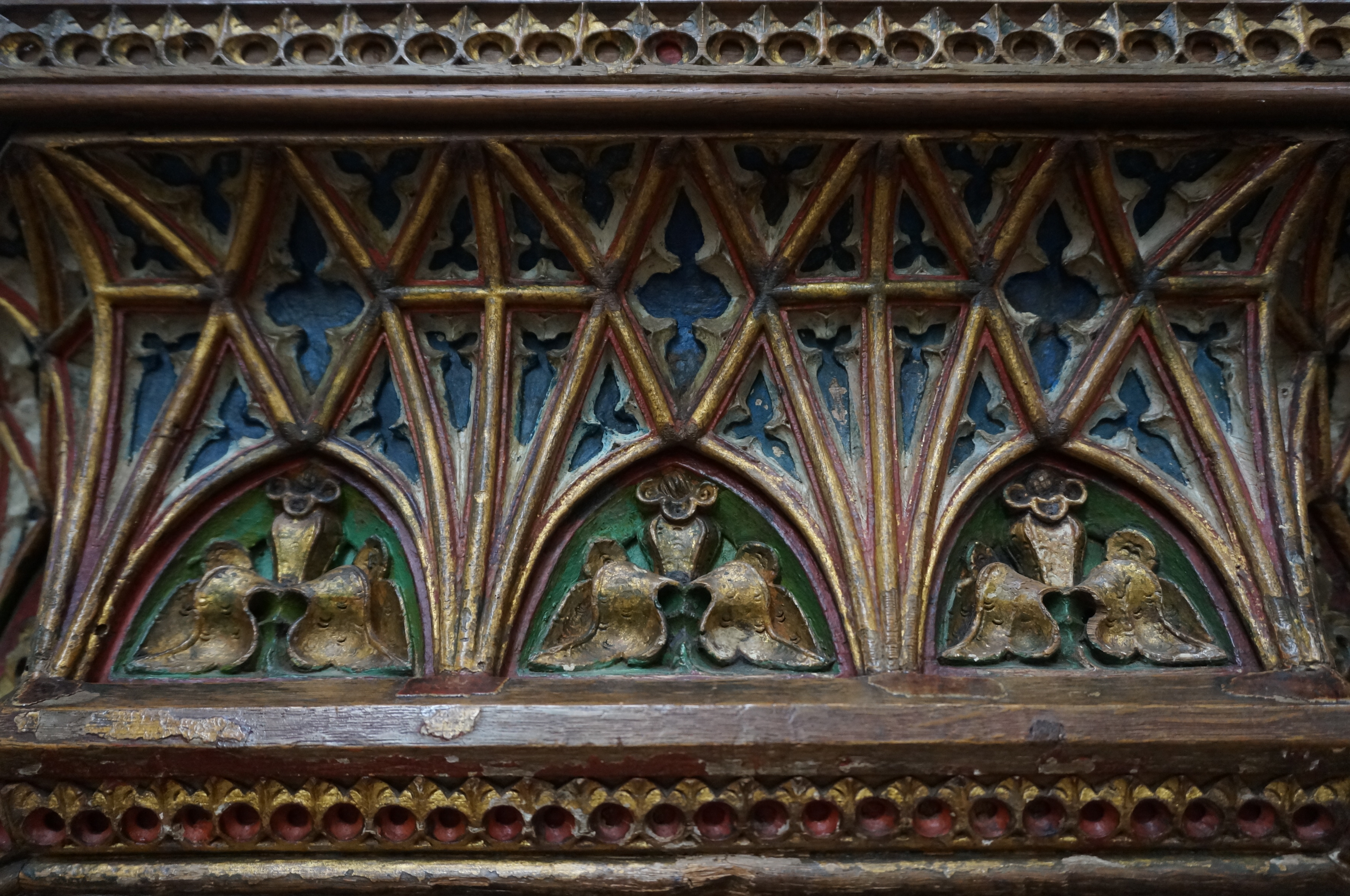 The majority of the Diocese’s church buildings are listed, a legal status, which recognises the historical and architectural importance of the building, a quality defined in law as ‘special interest’.
The majority of the Diocese’s church buildings are listed, a legal status, which recognises the historical and architectural importance of the building, a quality defined in law as ‘special interest’.
You may have heard comments like ‘The façade of this building is listed’ or ‘This bit’s a later addition, so it’s not listed’, but these are myths - if a building is listed, then the whole fabric is listed.
If your house is listed and you want to make an alteration to it, you need to apply to your local council for listed building consent. That’s not the case with your church, because under the terms of 'The Ecclesiastical Exemption’, the DAC exercises it for you. In other words, the grant of listed building consent is included with the Faculty. However, to allow the DAC to do that, you’ll need to provide Statements of Significance and Needs to explain the visual or physical impact of your proposal on the special interest of your church. We also have a statutory obligation to consult a number of external bodies and obtain their views.
If your church is listed at Grade I or II*, we are obliged to consult Historic England, the national body that advises the government on the historic environment, although that’s seldom necessary if your church is listed at Grade II.
Depending on the age of the fabric affected by your proposal, for listed churches of any grade we will probably have to consult at least one of the national amenity societies – the Society for the Protection of Ancient Buildings (anything dating from before 1714), the Georgian Group (1714-1836), the Victorian Society (1837-1914), the Twentieth Century Society (after 1914) and Historic Buildings and Places (fabric of any date).
For big or potentially contentious proposals, we may need to consult the Church Buildings Council, a national church institution that functions effectively like a DAC, but with a nationwide remit.
Some people find the prospect of external consultations worrying. That’s understandable, but there’s really no need. Provided your proposal is well thought out, well justified and based on advice from the DAC, you’ll get a fair hearing. Objections are rare and objections that can’t be settled through discussion and negotiation are rarer still. The DAC Secretary will initiate and oversee the process, and is available to help and advise.
External consultees are given up to 42 days to respond to an initial consultation and 21 days for every subsequent approach. More than one round of consultation may be necessary with big schemes, which will go through several stages of development. It’s important to factor this in to the timescale.
Applying for planning permission for changes to the external appearance of your building
Obtaining a Faculty doesn’t remove the need to apply separately for planning permission for anything that will change the external appearance of your building or for some works in the churchyard. If you’re unsure whether you need to do that, check with us and the planning department of your local council.
You will need to provide confirmation that you’re obtained (or are likely to obtain, or else do not need) planning permission when applying for Faculty.
The DAC will always try to avoid situations where it’s supporting a proposal that the planners can’t (or vice versa), so if planning permission is required, we’ll advise you to obtain pre-application advice from your council before considering your scheme for recommendation.